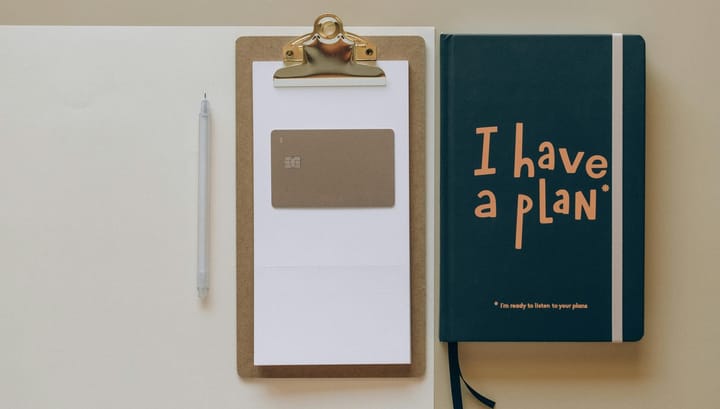How to Unlock the Benefits of Mindfulness at Work
Get more work done and tap into your energy and efficiency reserves with these mindfulness and meditation techniques.

We have all read articles or seen videos about the benefits of mindfulness. And yet, it’s hard to stay present in each moment when your day is filled with never-ending checklists, calls, and emails that stretch your attention and mental energy. Most professionals just think “I simply don’t have the time to be mindful”, and tear through their tasks in a way that is neither efficient nor satisfying by their own standards. Now imagine an organisation with thousands of people doing the exact same thing -- and it becomes apparent why mindfulness matters for workplace productivity and mental health.
Mindfulness, or the practice of being aware of your body, emotions, surroundings in a non-judgemental way, is one of the answers to the ‘multi-tasking menace’. Although it has newly entered the workplace wellbeing lexicon, the benefits of mindfulness have been studied in detail. It has been linked to reduced stress, increased memory, and physical and emotional well-being.
Here are some ways to tap into the benefits of mindfulness at work:
1. 3-step breathing
Stop everything you are doing. Sit straight on a chair. Keep your feet grounded on the floor (barefoot if possible), with your hands at your sides. Now, slowly take three deep breaths.
Inhale, pause a second, then exhale. Let the thoughts flow. Then inhale, pause again, and exhale. This time, notice the sensations in your body. Inhale a third time, pause, exhale and feel your body and mind relaxing. If necessary, repeat this cycle. Practice this exercise at least once a day, at the same time daily, for better results.
Benefits of this mindfulness technique: If you are swamped with work or feel confused, this 5-minute mindfulness exercise at work can help. It reduces anxiety and helps you focus on the moment and prioritise your tasks.
2. Basic mindfulness meditation
Sit quietly anywhere, on a chair or the floor, with a straight back. Close your eyes and focus on your breathing. Take a few deep slow breaths then breathe normally. Thoughts will come; let them flow without judgement. Notice them from afar and they will pass. Once they do, focus on breathing again. It is natural for thoughts to come and go. Now, shift your focus to your body parts. Feel the sensations in your body as you breathe. Mentally check the areas you feel the sensations in and let them be. Do this as long as you can. In the end, you will feel relaxed and fresh.
Benefits of this mindfulness technique: This technique is good for improving concentration.
3. 5 senses meditation
Sit in silence, away from your desk. Take a few deep breaths. This exercise may take up to 10 minutes.
First, name three things you can see in front of you.
Second, name three things you can hear around you.
Third, name three sensations you can feel.
Fourth, name three things you can smell right now.
Fifth, name one thing you can taste in your mouth.
Benefits of this mindfulness technique: It helps you focus on the present moment and to feel relaxed.
Try Manah's free emotional wellbeing assessment now!
4. Mindful listening
The next time you have a meeting with someone you don’t like, don’t have your guard up before he/she even utters a word. Listen attentively without judgement. Rather than wasting your energy on deciding your reaction, consider his/her points and understand, and then think and respond.
Benefits of this mindfulness technique: This technique helps defuse tension, maintain cordial and professional relationships and protect your mental health from self-created toxicity.
5. Mindful walking
Whenever you take a break, go for a mindful walk. Put your left heel on the ground and inhale. Then slowly put your left toes on the ground as you pick up your right foot off the ground. Exhale as you put your right heel on the ground and take your left foot off the ground. Keep repeating this slowly. Focus. As you practice, you will get better.
Benefits of this mindfulness technique: Helps you to focus on the present moment while being aware of your breath and surroundings.
6. Emotional mindfulness
Emotions can be distracting, especially when they show up in the middle of a hectic workday. The next time it happens, rather than being harsh on yourself, acknowledge the feeling as a sensation in your body. Sit with the feeling for a while, and then consciously move on. Try this exercise whenever you are overwhelmed at work or feel sad while working.
Benefits of this mindfulness technique: Helps you to move on from negative emotions peacefully.
Practice these techniques for at least 21 days to realise the benefits of mindfulness at work. Be patient and consistent and you will surely see the results.



